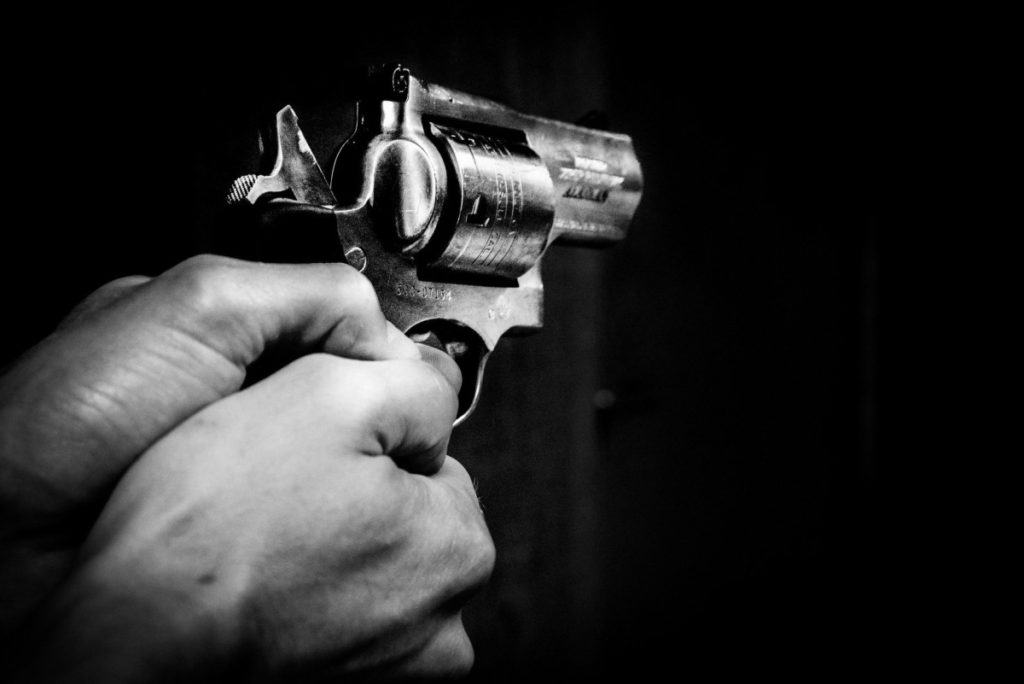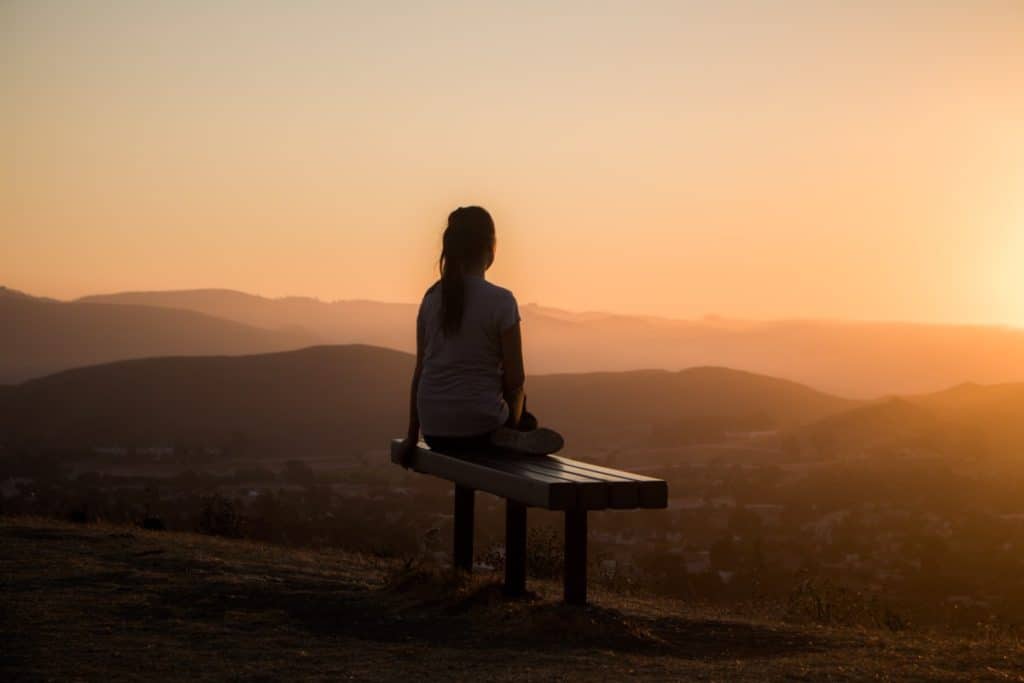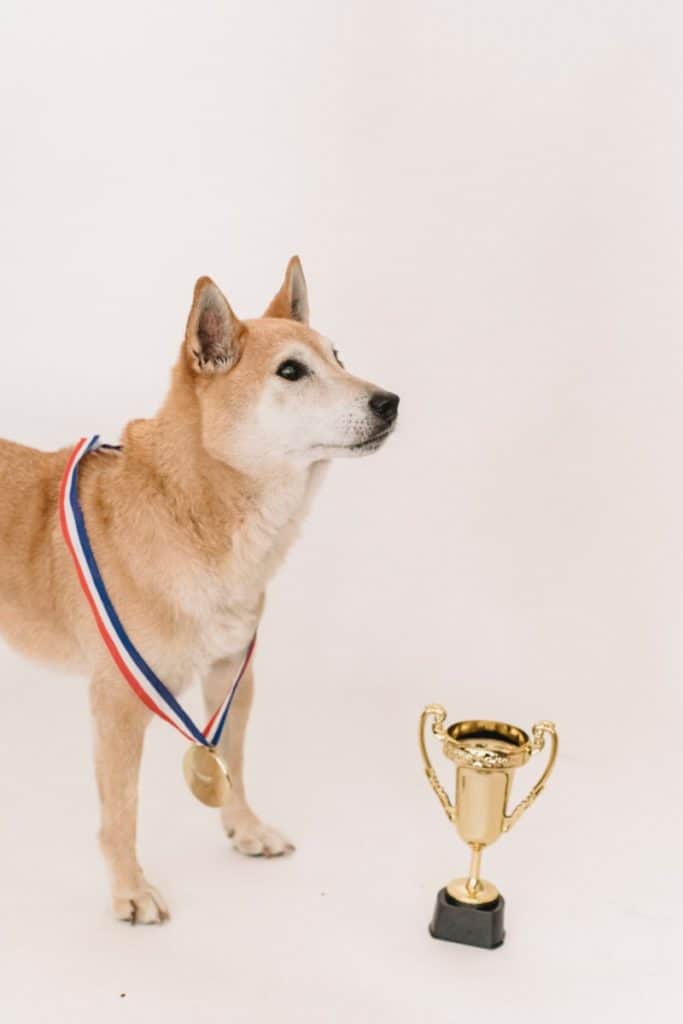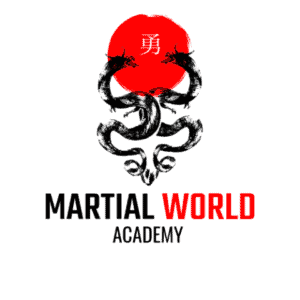What is the purpose of Karate? To defend yourself and others? Winning medals? Or is the real purpose to look awesome in white pajamas?
Generally speaking, karate has three main purposes: personal development (physical, mental, and spiritual growth), fun (competition, limit testing, and social benefit), and self defense. The emphasis of each has changed within the art of Karate, but each can still be found in almost every dojo.
This, however, only scratches the surface. Up next we’ll get into the how and why the purpose of Karate has changed over the last century.
Self Defense
The ultimate goal in Karate is to defeat opponents in a real life-or-death situation.
Teruyuki Higa (pioneer of Okinawan Kempo Karate in USA)

Karate was developed over the centuries by the people of the Ryukyu Kingdom (modern Okinawa). Since Ryukyu was centrally located, it became a natural trading hub with its neighbors. This allowed for the local fighting style “Ti” (or “Hand”) to be influenced by other martial arts including southern Chinese Kung Fu styles and even Kali from the Philippines.
So what was the original purpose of “Ti”? To simply protect oneself and others. Violence, whether from local ruffians or foreign traders, was a common occurrence and it was necessary to fight off one’s attackers or be robbed or worse! And today is no different. Modern Karate-ka train in order to prepare their bodies should they ever be visited by a violent encounter.
Now we know where Karate started and what it was made for. But how did it go from the fighting style of a “backwater” kingdom into the globe spanning martial art? And how did its purpose change along the way? That is all due to one man: Gichin Funakoshi.
Perfection of Character
The ultimate aim of the art of Karate lies not in victory or defeat, but in the perfection of the character of its participants.
Gichin Funakoshi, “The Father of Modern Karate”

After the annexation of Ryukyu by the Empire of Japan, a local educator, Gichin Funakoshi, decided to share “Ti” with the people of Japan. Wisely, though, he recognized that the attitudes of the Japanese people might prevent them from accepting such a violent style of fighting. Funakoshi also knew that he would in all likelihood be seen as the provincial “bumpkin” from Okinawa,not a true “Nihonjin” (Japanese person). So he decided to alter several key aspects in order to make it more acceptable to the main stream of rapidly modernizing Japan. He borrowed the belt and uniform system from Judo, simplified and codified the various Kata, and, most notably, changed the very name into what we know today: Kara-te (Empty Hand). In other words, he “Japan-ized” his Okinawan fighting style in order to guarantee its success among this foreign population.
And wise he was, because in mainland Japanese society at the time martial arts training was seen as a thuggish pursuit. Unfit for respectable individuals. Jigoro Kano, founder of Judo, encountered this attitude in the populous as well. As such, Funakoshi decided to rebrand “Karate” and change it from simply a style of self defense but as a vehicle for self development. He incorporated various elements of Buddhist teachings and in his writings, demonstrations, and speaking engagements he emphasized the spiritual aspect of training (“Do” or “the way”) over that of the martial. This era of history saw the rise of “Do” (“The Way”) in martial arts. Karate-do, Judo, Aikido, Kendo, etc. In all of these arts the purpose has become the cultivation of the self, instead of the defeat of one’s assailant.
This trend continues to this day as people of all ages seek out Karate in order to teach themselves (or their children) discipline, respect, humility, spirituality, or even to simply provide an incredible full-body work out.
Want to learn more about the origins of Judo? This link will bring you to another amazing article of ours!
Personal Enjoyment
Karate is a lifetime study.
Kenwa Mabuni

Finally we reach the modern era. And, at least in the cultural West, a very self-interested era. Speak to any Karate-mom or Karate-dad and they’ll proudly tell you how many medals Junior won at the last tournament. This attitude of training for the sake of accolades is common among many modern Karateka, too. For many, Karate has become little more than a vehicle of self-aggrandizement. Or, if not that, the Karate-parent has Junior enrolled for little more than to get him away from the TV/tablet/phone screen for a couple hours. A babysitter, in other words.
But the modern era isn’t all bad. In fact, Karate has found a new and healthy purpose in bringing people together. As I’ve written in a number of places, if you join a dojo, you will have at least 5 new friends within a week. And for adults living in our atomized and isolated society, the value of being able to build new and lasting relationships cannot be undersold.
Click here to see some of the surprising gifts Karate has to offer adults wishing to take up the art.
We are also the victims of modernity’s success: life has become too easy (even our homeless are fat and have cell phones!) And this soft existence has caused many people to seek out new ways to test their individual limits. Doing so, and finding that you can go further now than you could before, can be intensely rewarding ways that modernity cannot replicate.
Final Round
We have seen how Karate has changed over the centuries and gained some insight into why. The purpose of Karate has changed from a form of combat solely concerned with defeating ones assailant, to a method of physical and spiritual cultivation, to a form of stress relief and exercise.
Much like when Funakoshi brought Ti to Japan, when Japan was brought to the West it, again, morphed in order to make it more palatable to its new adherents.
Are these changes a good thing? A necessary shift away from the more brutal nature of the past. Or are they something bad? An increasingly self-centered repurposing of an ancient art that hardly resembles its old self. I think both arguments can have a strong case made, but ultimately I think that it’s incorrect to label these changes as “good” or “bad”. A sword can be used for many ends and it depends on the wielder to determine that purpose. A weapon? A “Way“? Or just a way to lose weight?
Photo Attribution:
- Photo by Charlein Gracia on Unsplash
- https://pixabay.com/photos/gun-hands-black-weapon-man-crime-1678989/
- Photo by Sage Friedman on Unsplash
- Photo by Sam Lion from Pexels
